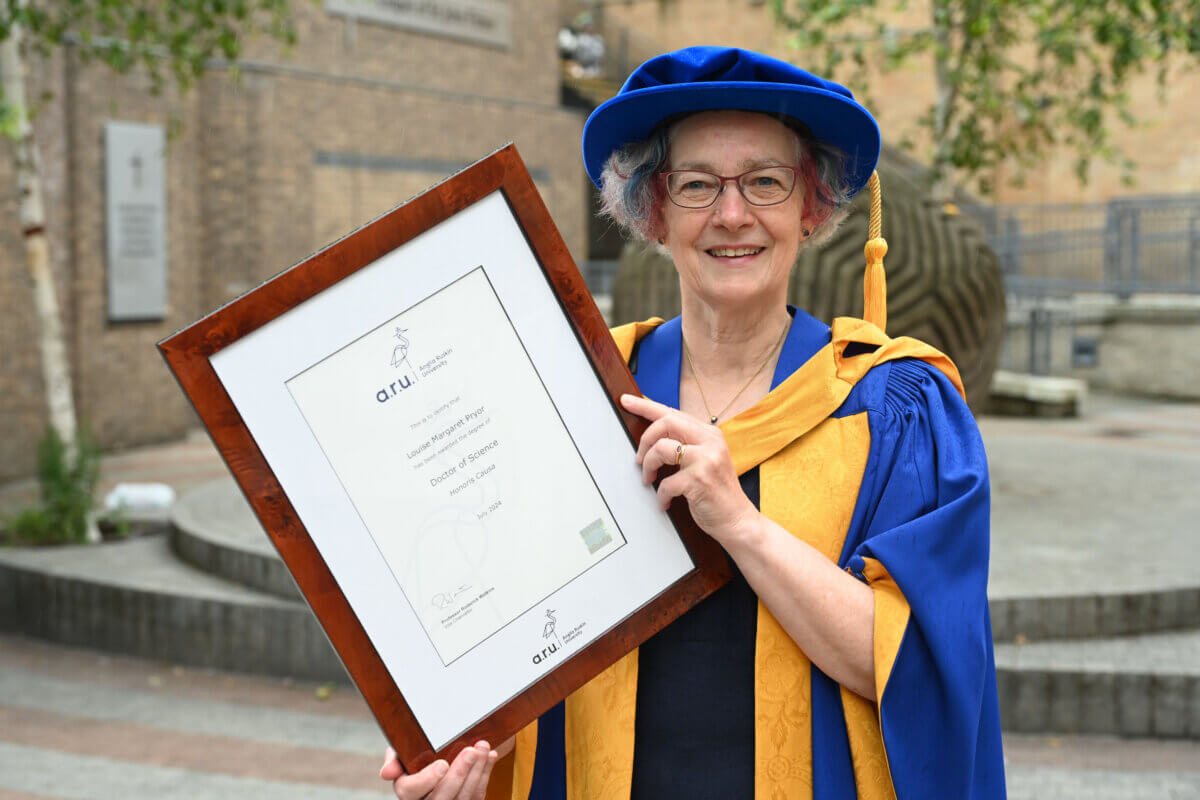How Can We Reduce The Impact Of Our Buildings?

As Earth Overshoot Day looms large, we consider five ways to improve the environmental performance of the UK’s homes and buildings.
Ongoing speculation about the trajectory of interest rates – and the UK economy more generally – has dominated recent headlines. Economic indicators, like household debt and earnings, have come under close scrutiny as analysts make their predictions. In the background, news has emerged relating to another important balance sheet – our ecological credit and debit account.
1 August marks this year’s Earth Overshoot Day. This is the day that – according to the Global Footprint Network (GFN) – human demand for natural resources outstrips the Earth’s biocapacity. So, for the remaining five months of 2018, GFN calculate that our use of the planet’s ecological resources and ‘services’ is taking us deeper into the red. And the annual rate at which we are exhausting ecological capacity is accelerating: by 2030 it is predicted that we’ll hit overshoot just six months into the year.
Earth Overshoot Day is based on a calculation tool designed to help us conceptualise a deeply complex reality. Whether or not such tools are an accurate reflection of the status quo does not belie the fact that our rapacious demand for resources is damaging the environment and destabilising the planet’s self-regulatory systems.
So what can we do to slow – or even reverse – this negative environmental impact? Here, we consider five ways to reduce resource-use through improving the sustainability of the buildings where we live and work:
1. Prioritise energy efficiency from the start
The best time to consider the environmental impact of a home is at the very beginning – at the design and specification stage. Careful planning around building orientation can help to maximise solar gain, reducing the need for additional heating. And energy-efficient landscaping – for example planting trees for summer shade and creating windbreaks – can further reduce energy need by helping to regulate a building’s internal temperature. These measures can sound simple, but often are the most effective way of minimising a building’s ongoing energy demand.
2. Retrofit existing buildings
With an average EPC rating of D, much of the UK’s existing housing stock falls short when it comes to energy performance. Relatively straightforward measures – like fitting insulation – can vastly improve efficiency. When sourcing insulation, consider the ecological demand associated with its production; for example, it has recently been reported that some manufacturers of polyurethane insulating foams may have been illegally using CFC-11, a potent destroyer of ozone. Integration of technologies such as mechanical heat ventilation recovery (MHVR) systems, ground source heat pumps and photovoltaic panels can also be a highly-effective – if more financially costly – means of improving the sustainability of your building’s energy supply. Some mortgage loans, like Ecology’s C-Change scheme, link interest rates to the energy improvements being made as a result of retrofit works.
3. Choose recycled and sustainable materials
Where embarking on a new-build or renovation project, there are likely to be ample opportunities to substitute materials for more sustainable alternatives. If demolishing an existing structure, there may be materials that can be salvaged, like bricks and slates. When carrying out renovations or improvements, consider using products that incorporate recycled matter – for example, kitchen work-surfaces can be sourced which are composed of 100% recycled plastics, which can be both hardwearing and visually appealing.

4. Build to facilitate resource sharing
Sharing of resources and facilities offers a host of benefits at both the environmental and the individual level. Not only does sharing goods like washing machines, cars and boilers shrink the environmental demand associated with production, repair and maintenance, it can reduce the financial costs for individuals. This approach can be seen in action at the Ecology-backed Lancaster Cohousing. Containing 35 houses built to Passivhaus standard, the development includes renewable energy technologies, communal laundry facilities and a car-share scheme.
5. Think outside the bricks-and-mortar box
We’re used to seeing new-builds emerge block-by-block. However, as modern methods of construction gain traction, we are beginning to re-imagine the way that we create homes and commercial buildings. Offsite manufacture of building components has the potential to significantly reduce the energy associated with fabrication and construction, as well as create buildings that have better airtightness values. Just like traditional structures, buildings created using modern methods of construction can incorporate additional green features – such as sustainable energy systems and sedum roofing – to further minimise negative environmental impact.
Click here to read more about Earth Overshoot Day. You can find out more about the sustainable projects that Ecology supports by heading over to our customer projects page.



